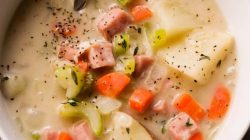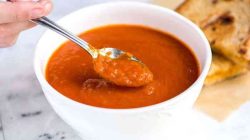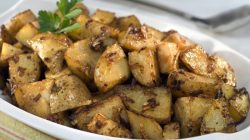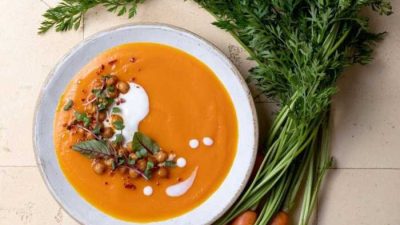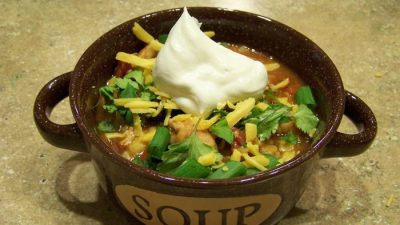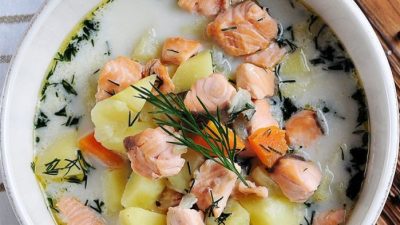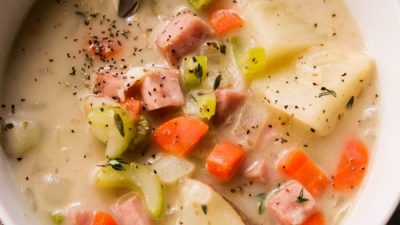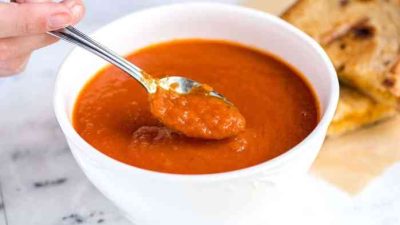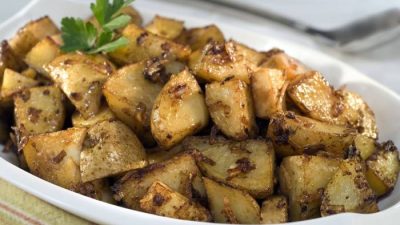Pheasant Soup: A Culinary Journey: Pheasant Soup Recipe
Pheasant soup recipe – Pheasant soup, a dish steeped in history and tradition, offers a rich and flavorful experience. From the rustic kitchens of Europe to the refined tables of modern gastronomy, this soup has captivated palates for centuries. Its unique taste profile, derived from the lean and subtly gamey pheasant meat, combined with carefully selected vegetables and aromatic herbs, creates a culinary masterpiece.
This exploration delves into the history, variations, preparation, and serving suggestions of this exquisite soup.
Introduction to Pheasant Soup
Pheasant soup’s history is interwoven with the cultural tapestry of various regions. In Europe, particularly in rural areas, pheasant has long been a prized game bird, its meat forming the basis of hearty winter stews and soups. Recipes varied regionally, reflecting local culinary traditions and available ingredients. In Asian cuisines, while not as prevalent as in Europe, pheasant sometimes features in elaborate soups, often incorporating unique spices and ingredients reflecting the region’s specific flavor profiles.
The nutritional benefits of pheasant meat include its high protein content and low fat, making it a healthy alternative to other meats. Common soup ingredients, such as root vegetables, herbs, and a rich broth, further enhance its nutritional value. Pheasants themselves are known for their vibrant plumage and distinctive calls, adding an element of natural beauty and intrigue to the culinary experience.
Recipe Variations: Classic vs. Modern
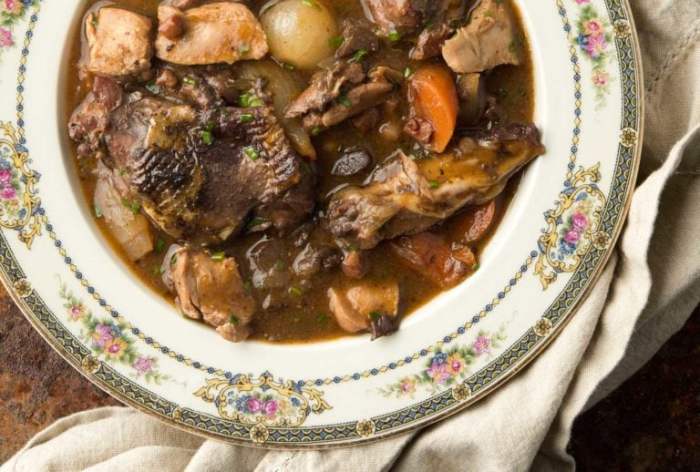
Source: honest-food.net
Classic pheasant soup recipes vary significantly depending on their region of origin. The following table illustrates three distinct examples:
| Name | Region | Key Ingredients | Preparation Method |
|---|---|---|---|
| French Pheasant Soup | France | Pheasant, root vegetables (carrots, parsnips, turnips), pearl barley, herbs (thyme, bay leaf), dry white wine | Simmered slowly for several hours until pheasant is tender and vegetables are soft. |
| Hungarian Pheasant Stew | Hungary | Pheasant, paprika, onions, potatoes, carrots, sour cream, dumplings | Sautéed pheasant, then simmered with vegetables and spices. Dumplings added towards the end. |
| Italian Pheasant and Wild Rice Soup | Italy | Pheasant, wild rice, mushrooms, white wine, rosemary, sage | Pheasant browned, then simmered with rice, mushrooms, and herbs in a flavorful broth. |
A modern twist on a classic recipe might incorporate unusual ingredients such as roasted butternut squash, star anise, and a touch of ginger to create a unique flavor profile. Simmering yields a more delicate broth, while pressure cooking results in a quicker cooking time and more tender meat, albeit with a potentially slightly less nuanced flavor.
Ingredient Selection and Preparation
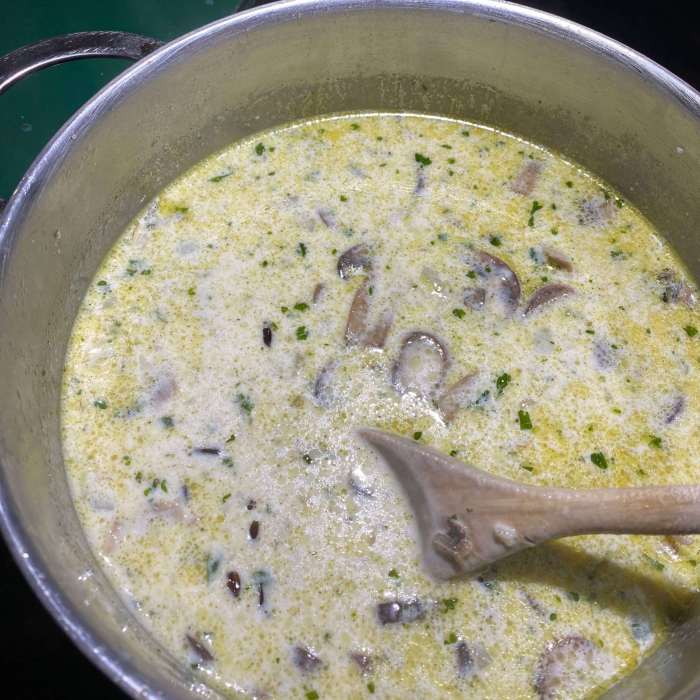
Source: whisk.com
For optimal soup, selecting the right pheasant is crucial. A young, free-range pheasant will provide the most tender and flavorful meat. Proper cleaning involves removing the feathers, giblets, and excess fat. The pheasant should be rinsed thoroughly before cooking.
Using fresh, high-quality vegetables and a flavorful broth is paramount for achieving a superior taste. A homemade broth, simmered with chicken bones and aromatic vegetables, will elevate the soup’s overall quality.
- Root Vegetables: Carrots, parsnips, turnips, celery root – provide earthy sweetness and depth.
- Other Vegetables: Mushrooms, leeks, onions – add umami and savory notes.
- Greens: Spinach, kale (added at the end) – contribute nutrients and vibrant color.
Cooking Techniques and Methods
Creating a rich pheasant stock involves simmering pheasant bones, vegetables (onions, carrots, celery), and herbs (bay leaf, thyme) in water for several hours. This process extracts maximum flavor and creates the foundation for a delicious soup.
Gentle simmering ensures tender pheasant meat without overcooking. Precise temperature control is vital, maintaining a low simmer to prevent toughening. Thickening can be achieved using roux, cornstarch slurry, or even finely mashed potatoes.
While pheasant soup recipes often emphasize the richness of the game bird, a hearty vegetable base can elevate the flavor profile. For inspiration on building that robust vegetable foundation, consider the depth achieved in a old-fashioned vegetable beef soup recipe with cabbage ; its layered flavors could readily translate to a pheasant soup. Adapting similar techniques, such as slow-cooking and careful spice selection, will ensure your pheasant soup is equally satisfying.
- Prepare the pheasant: Clean and cut the pheasant into serving pieces.
- Make the stock: Simmer pheasant bones and vegetables for at least 3 hours.
- Sauté vegetables: Sauté onions, carrots, and celery until softened.
- Brown pheasant: Brown pheasant pieces until golden brown.
- Combine and simmer: Add pheasant, vegetables, and stock to a pot; simmer until pheasant is tender.
- Season and thicken: Season with salt, pepper, and herbs. Thicken as needed.
Serving Suggestions and Enhancements, Pheasant soup recipe
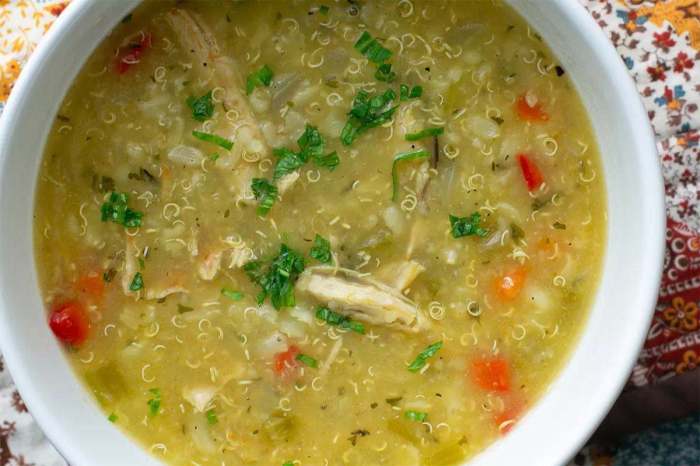
Source: osgnetworks.tv
The presentation of pheasant soup can be elevated through thoughtful garnishing and plating.
| Garnish | Side Dish | Bread Pairing | Wine Pairing |
|---|---|---|---|
| Fresh parsley sprigs, a swirl of cream | Crustless bread rolls | Rustic sourdough | Dry white wine (e.g., Chardonnay) |
| Chopped chives, toasted croutons | Wild rice pilaf | Multigrain bread | Light-bodied red wine (e.g., Pinot Noir) |
A simple garnish of fresh parsley sprigs adds a touch of green, while a swirl of cream adds richness and visual appeal. Chopped chives offer a subtle oniony flavor and vibrant color. Toasted croutons provide textural contrast.
Herbs like thyme, rosemary, and sage enhance the soup’s flavor. A touch of sherry or Madeira can add complexity.
Troubleshooting and Tips for Success
Overcooking pheasant can result in dry, tough meat. A clear broth is achieved by skimming off any impurities during simmering. Adjust seasoning to personal preference. For dietary restrictions, substitute vegetables or broth as needed.
Questions Often Asked
Can I use frozen pheasant for this recipe?
Yes, but ensure it’s properly thawed before preparation to prevent uneven cooking.
How long can I store leftover pheasant soup?
Store leftover soup in an airtight container in the refrigerator for up to 3-4 days.
What are some vegetarian alternatives to pheasant?
Mushrooms, hearty vegetables like root vegetables, or lentils can provide a similar hearty texture in a vegetarian version.
Can I use a different type of broth?
Chicken or even vegetable broth can be substituted, though a richer flavor will result from using pheasant stock.




